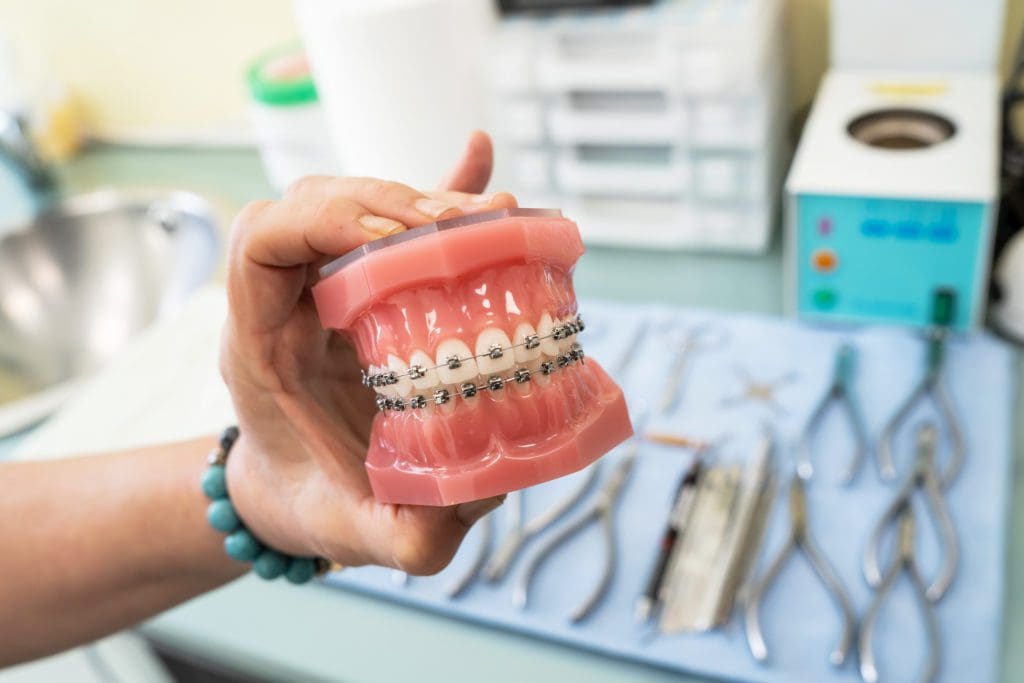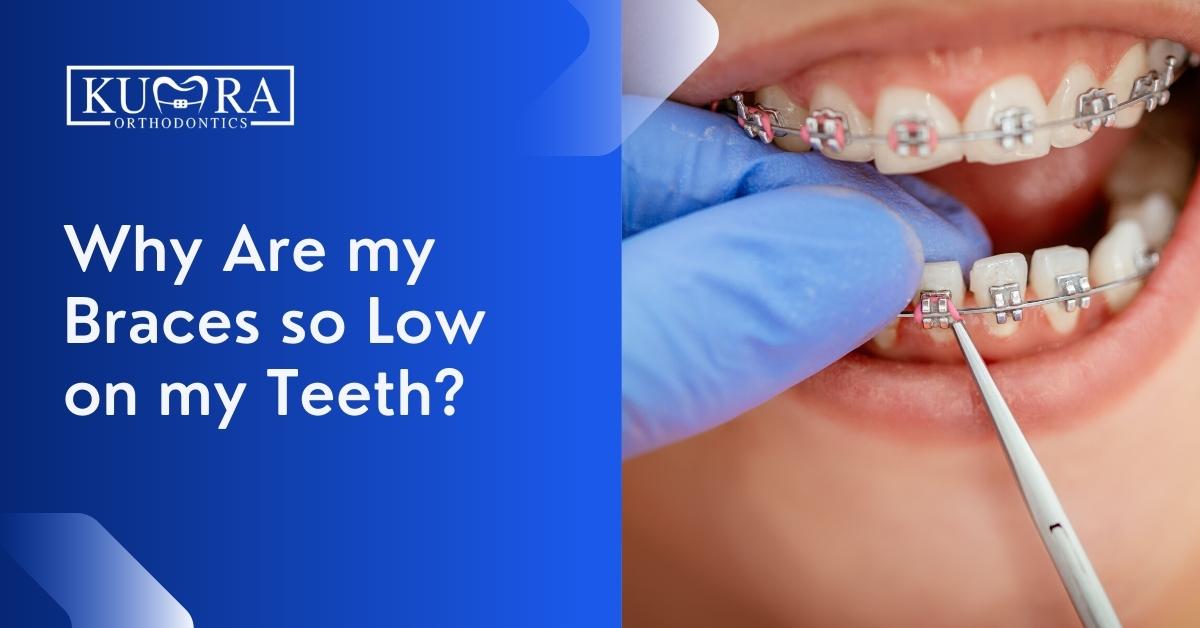How Cumming Orthodontics Can Transform Your Smile with Invisalign and Braces
How Cumming Orthodontics Can Transform Your Smile with Invisalign and Braces
Blog Article
Comprehensive Overview to Orthodontics Procedures for Fixing Oral Misalignments
In the world of orthodontics, the trip to attaining a completely lined up smile includes a myriad of treatments tailored to remedy dental imbalances. From traditional dental braces to unnoticeable aligners and also surgical choices, the field of orthodontics provides a series of remedies to attend to varying levels of dental irregularities. Comprehending the complexities of each treatment, including their devices, advantages, and potential downsides, is vital in making informed decisions regarding one's orthodontic therapy. As we navigate with the thorough guide to orthodontic procedures for correcting oral imbalances, the complex information of each technique will certainly unfold, losing light on the course towards a practical and harmonious oral positioning.
Orthodontic Procedures Introduction

Along with traditional braces and clear aligners, orthodontists may also recommend other treatments like headwear, palatal expanders, or retainers to resolve details alignment problems (aligners). These treatments are customized to each client's distinct needs and might entail a combination of therapies to achieve the desired results. Routine adjustments and surveillance are crucial components of orthodontic therapy to guarantee progress gets on track and to make any kind of necessary adjustments in the process. By going through orthodontic procedures, patients can not only achieve a straighter smile yet also improve their overall dental health and wellness and feature.
Traditional Dental Braces: Just How They Function
When taking into consideration orthodontic treatments for dental imbalances, conventional dental braces attract attention as a tried and true technique for fixing teeth placing. Conventional braces contain braces, cables, and bands that work together to use constant stress on the teeth, gradually moving them right into the wanted positioning. The braces are attached to the teeth utilizing a special adhesive, and the cables are threaded via the braces. By adjusting the tension of the wires, orthodontists can control the instructions and pressure put on each tooth, leading them into appropriate alignment gradually.
As pressure is applied to the teeth via the braces, the bone surrounding the teeth is reshaped to support the new tooth settings. Patients will certainly require normal changes at the orthodontist's office to make certain the dental braces proceed to apply the correct pressure for efficient teeth motion.
Invisible Aligners: Advantages And Disadvantages
Undetectable aligners supply a convenient and very discreet alternative to typical braces for remedying dental misalignments. These clear, customized trays are virtually unnoticeable when worn, making them an appealing option for individuals seeking a more visually pleasing orthodontic therapy. Among the main advantages of undetectable aligners is their removability, permitting less complicated upkeep of dental health contrasted to standard braces. Individuals can eliminate the aligners before eating or brushing their teeth, lowering the danger of food obtaining stuck in the device and streamlining the cleansing procedure.

Surgical Orthodontic Options
Surgical interventions in orthodontics existing feasible alternatives for attending to intricate oral imbalances that might not be properly settled via standard orthodontic therapies. While invisible aligners and traditional dental braces can deal with several orthodontic concerns, specific situations need surgical treatment to attain optimum results. Surgical orthodontic options are generally recommended for severe malocclusions, substantial jaw inconsistencies, and situations where the underlying bone structure requires adjustment to accomplish proper alignment.
One common medical orthodontic procedure is orthognathic surgery, which entails rearranging the jaws to fix functional concerns such as problem speaking or eating. This surgical treatment is typically performed in cooperation with an orthodontist who helps straighten the teeth before and after the treatment. Surgical orthodontics may also include procedures to subject impacted teeth, remove excess periodontal tissue, or improve the jawbone to develop a much more unified facial account.
Before considering medical orthodontic options, people undergo a comprehensive analysis to identify the need and prospective advantages dental implant systems of such interventions. cumming invisalign. While surgical treatment might seem overwhelming, it can considerably boost both the function and aesthetics of the smile in situations where standard orthodontic therapies fall short
Retainers and Post-Treatment Treatment

Failing to abide with post-treatment treatment directions can result in relapse, where the teeth slowly move back towards their initial placements. Regular retainer wear, great dental hygiene, and regular dental exams are crucial for keeping the outcomes accomplished with orthodontic surgery and guaranteeing the long-term security of the dealt with dental alignment.
Conclusion
Finally, orthodontic treatments use numerous alternatives for dealing with oral misalignments. Traditional dental braces utilize steel braces and cords to change teeth into appropriate placement. Unnoticeable aligners give an even more discreet alternative yet may not be suitable for all instances. Surgical orthodontic choices are available for extra severe imbalances. Retainers are typically used post-treatment to preserve the new placement. In my link general, orthodontic treatments can efficiently boost oral health and wellness and aesthetic appearance.
As we browse through the detailed overview to orthodontic procedures for remedying oral imbalances, the intricate details of each approach will unfold, dropping light on the course toward a harmonious and useful oral alignment. - cumming orthodontics
One of the most common orthodontic treatments is the use of dental braces, which are composed of steel braces and wires that apply gentle stress to progressively shift teeth into the preferred setting.When taking into consideration orthodontic treatments for oral imbalances, traditional braces stand out as a tried and true technique for dealing with teeth placing. Additionally, invisible aligners might not be ideal for complex orthodontic issues that require more significant teeth motion, as they are normally advised for light to moderate cases. Retainers are customized orthodontic gadgets developed to hold teeth in their remedied settings after the completion of orthodontic treatment.
Report this page